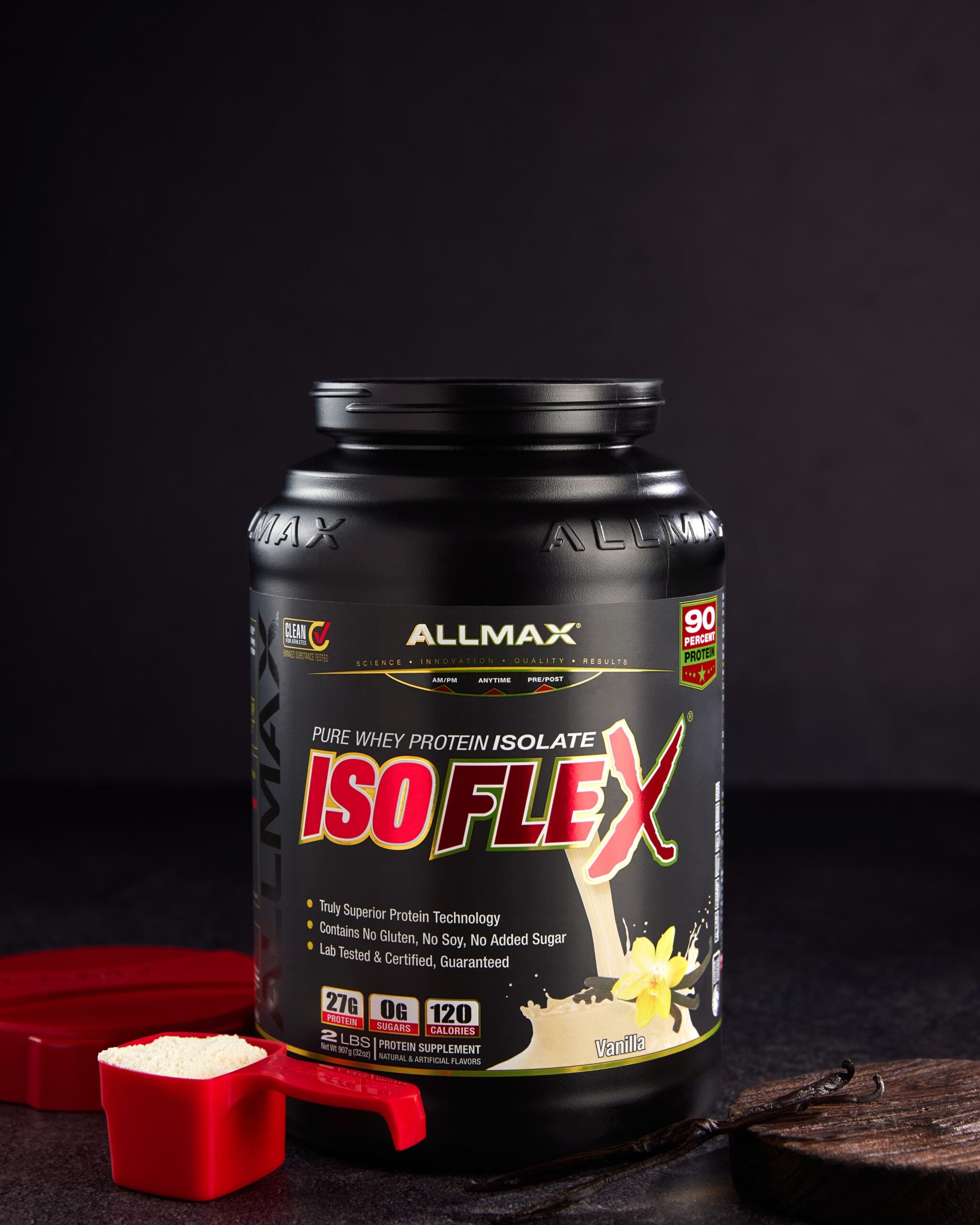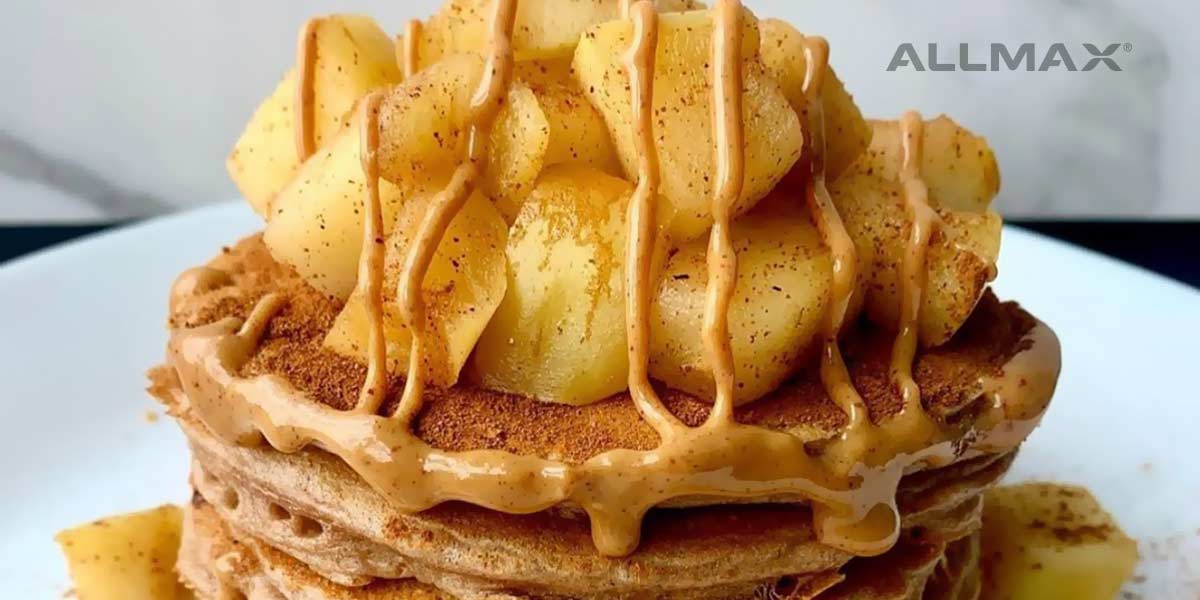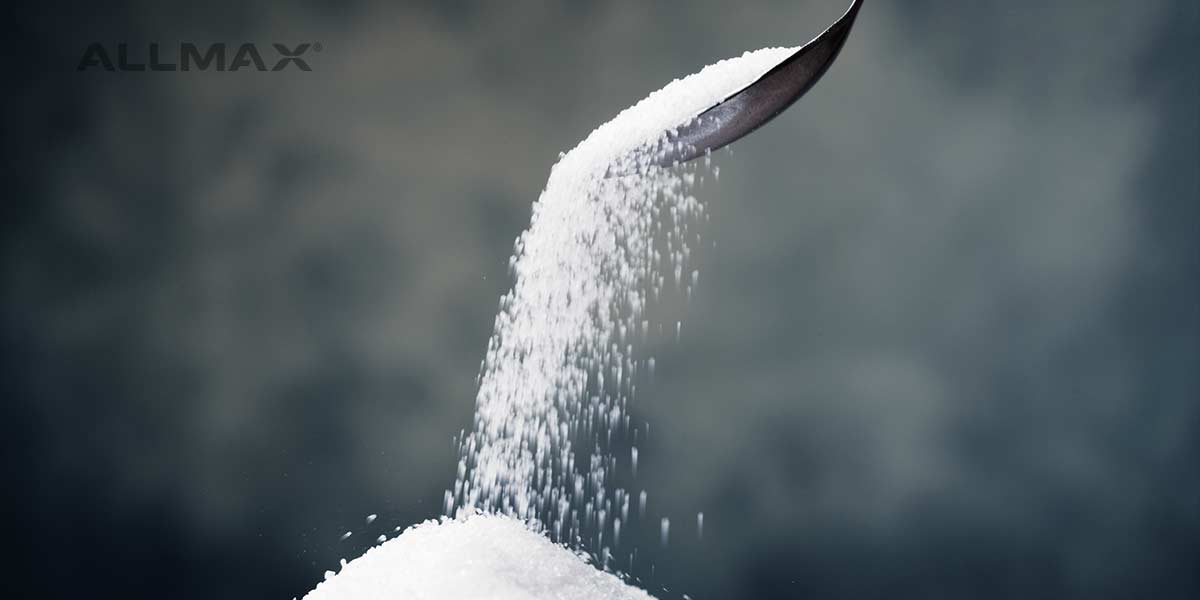Whether you are new to bodybuilding or you are a well-seasoned gym rat, the goal is the same. You want to land an aesthetically pleasing, sculpted physique.
This composition comes from building lean muscle mass and lowering body fat percentage so that your hard work is more visible. The problem with this is that when you diet to lose fat, you also lose muscle.
Could there be a method for gaining muscle and losing fat at the same time? The short answer is, yes! An anabolic fasting diet.
If you are after a shredded physique, you need to know about this tried and true method for packing on gains while burning off fat. Follow along to learn everything you need to know about the benefits of fasting and how to make it work for you.
What Is an Anabolic Fasting Diet?
An anabolic state is essentially when your body is building muscle instead of reducing size. Anabolic fasting has become more popular in the fitness industry due to its ability to allow the user to maintain or even build lean muscle mass while taking off fat.
This eliminates the issue most fat-loss diets present. In order to lose fat, the body must be in a caloric deficit, meaning you are burning more calories than you consume. While in a caloric intake deficit, the body isn’t able to pick and choose which cells to get rid of and which to keep. This can lead to significant muscle loss.
The opposite is true for building muscle. For making large gains, instead of focusing on calorie restriction, you consume a surplus of calories to feed and repair muscle tissue. This surplus will fuel your workouts for increased strength. Unfortunately, the extra fuel will also appear as fat.
An anabolic fasting diet combines the benefits of a few types of diets into one effective layout. You’ll experience the benefits of a ketogenic diet or keto diet eating pattern during the week, followed by a replenishing blast of high fuel carbs to encourage muscle gain through the weekend.
This format allows you to adjust your weekly workout schedule to tackle more difficult strength-building workouts earlier in the week while your body’s glycogen stores are sufficient. You’ll then continue to burn fat throughout the remainder of the week without sacrificing your muscle.
Anabolic fasting provides you with a roadmap for what foods to eat and when to eat them in order to reach your physique goals.
Anabolic Diet & Intermittent Fasting
How Does It Work?
The outline of this plan is similar to that of a carb-cycling diet with the added component of time-sensitive feeds. You’ll adopt a 12-16 hour fasting period, leaving you with an 8-12 hour feeding time.
The most popular eating window for successful anabolic fasters is between 12 pm and 8 pm, however, you can adjust this to your specific needs.
Intermittent Fasting Bodybuilding
The name of the game is to eat as little carbs as possible for 5 days, followed by 2 days of increased carbs. As mentioned above, this format is designed to accommodate for strength training by replenishing glycogen stores with a high-carb refeed.
Before you jump into a 5:2 ratio, you’ll need to undergo a 12-day low-carb (carb fasting) conditioning period. In this period you will eat as little carbs as manageable for 12 days straight, then refuel with 2 days of high-carb eating. Once completed, the rules become a bit more specific.
Your low days will see a balance of 40% protein and 60% fats. You’ll want to aim for less than 25 grams of carbs per day.
As a general rule, this would mean you are eating anabolic food, mostly meats with high-fat content. This will serve to keep your body fueled and full in the absence of carbs. While eating mostly meats will make this process easier, it is possible to achieve these ratios on a plant-based diet by utilizing proteins like tofu or tempeh.
On the 2 refeed days, you’ll aim for 30% protein, 10% fats, and 60% carbs.
Do not confuse this with dieting during the week and eating as much as possible on the weekends. The purpose of the carbs is to replenish your body and put on lean muscle. This won’t come from junk food and sugary snacks. Stick to the nutrient-dense options.
Nutrition
The kinds of foods you eat will determine how maintainable this diet is. Because you have a restricted eating window and lowered carbs, you will naturally find yourself consuming fewer calories than usual. This is because most calorie-dense foods are majority carbs.
It’s common to experience increased hunger due to this decrease in calories, so it is important to choose proteins and fats that will satiate your body and keep you feeling full. Some examples of this may look like a piece of steak with the fat and a spinach salad or a piece of chicken breast with avocado on greens.
While we want to consume as little carbs as possible, it is important to get enough vegetables to sustain essential nutrients. Think green veggies like leafy greens, broccoli, and zucchini.
And of course, don’t forget the quality of your fats. Opt for foods like nuts and seeds for a more filling fat and try to steer clear of dairy. Most dairy products contain more carbs than you realize and will make staying under 25 grams more difficult.
When it comes to fruit, an apple a day may not be your friend. You’ll want to save these for your high-carb days. You can source about 30 carbs from one banana, so they will be off-limits during the week.
The Role of Hormones
Hormones are always present in the body, however, we see a fluctuation of hormones when contributing factors are manipulated. For example, when the body is under high amounts of stress, it will see an increase in cortisol levels.
Not only can dieting and training trigger increased stress hormone production, but they can also reduce the production of hormones that are necessary for metabolic function and cell repair.
While fasting and low carb diets are both known to lower insulin sensitivity, a combination of high and low days can provide additional hormone benefits.
One of the key benefits anabolic fasting meal plan users experienced was an increase in testosterone and growth hormone due to an increase in fat consumption. Along with this, the replenishment stage helps balance out cortisol and other diet-related hormones.
Because of this balancing of hormones caused by a carb spike, for best results, we suggest consuming your carbs closer to the end of the day. Spiking at night will allow your body to experience deeper sleep. A better night’s rest will improve your body’s function and aid in your fat loss.
Making Adjustments
Depending on your specific goals you may need to make some adjustments.
As you may have noticed, the ratios do not outline a specific calorie amount. This is because each user will have different requirements. Obviously, if your metabolic rate is higher, you will need more calories and vice versa. Additionally, you may adjust caloric intake for your goals.
If you aren’t experiencing your desired results with this layout, you’ll benefit from lowering your intake or you can adjust to a 6:1 ratio. You’ll still follow the same macronutrient percentages with only one refeeding day between low-carb days.
While this diet is great for losing fat, you can also utilize the layout for your lean-bulk. That’s right, it will even complement your lean muscle building training program. For a bulking phase, increase your overall intake but continue with a 5:2 cycle.
Best Practices Anabolic Diet
For the best results on your anabolic fasting diet, we suggest incorporating dietary supplements. Utilizing high-quality protein powders will help you reach your 40% of total calories intake goal.
You may also find it helpful to use a pre-workout powder to power through your strength building sessions and muster up energy when your glycogen stores are running low.
As we mentioned before, maintaining quality nutrition will be essential for diet success. If you aren’t the greatest at making sure you get your 8 servings of vegetables each day, consider a vitamin supplement or daily greens product. This will help you ensure you’ve consumed all the necessary nutrients.
Plan your meals. This is especially important with this type of diet because quick, on the go solutions, are often carb-heavy. Pack your meals ahead of time to avoid having to splurge on carbs. This applies to your cheat days as well.
Wandering around looking for suitable high-carb options can quickly become a craving-heavy cheat day. Although these days are meant for refeeding, going overboard will prove your 5 days of low-carb efforts to be a waste.
As with any diet, you can’t expect to see substantial results overnight. Maintain consistency and don’t get too radical with your calorie consumption. This diet is suitable for a 12-15 week period, so take it slow and focus on the macronutrients.
Start Burning Fat and Building Muscle
Now that you know how an anabolic fasting diet plan can set you up for your ideal physique, it’s time to put this plan into action. Combine the health benefits of fasting with muscle preserving measures. Your hard work will be showing in a shredded state in no time.
Tailor this diet to fit your specific needs and experience a whole new fat-loss journey. Say goodbye to those muscle depleting diets and hello to your dream body.
Want to achieve that shredded look year-round? Learn more about training and nutrition for a lean physique.
Q&A
What is anabolic fasting?
Anabolic is when you consume excess calories. Energy (carbs, fat, protein) become building blocks. This is a good way to turn carbs into muscle tissue. The fed state is Anabolic.
What can I consume while fasting?
- Water. Plain or carbonated water
- Coffee and tea without added sugar, milk, or cream
- Water & apple cider vinegar (mix to taste)
- Healthy fats – 0 carb snacks
- Bone broth – no carbs



